Home>Gardening & Outdoor>Pool & Spa Care>What Is The Lifespan Of A Hot Tub
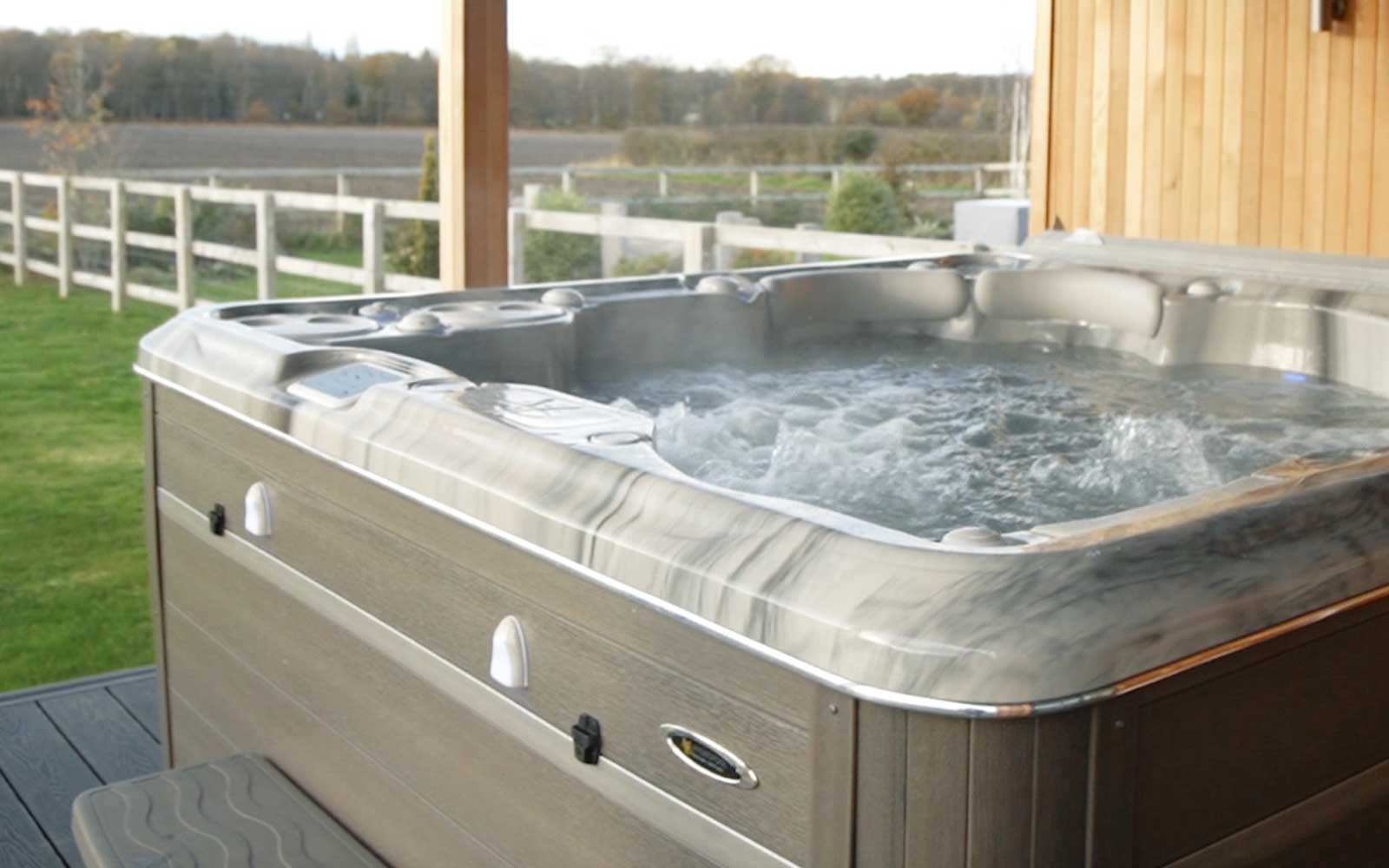

Pool & Spa Care
What Is The Lifespan Of A Hot Tub
Modified: January 6, 2024
Learn about the lifespan of a hot tub and how to extend it with proper pool and spa care. Discover maintenance tips and best practices.
(Many of the links in this article redirect to a specific reviewed product. Your purchase of these products through affiliate links helps to generate commission for Storables.com, at no extra cost. Learn more)
Introduction
Welcome to the wonderful world of hot tubs! These luxurious additions to your home provide a relaxing retreat, offering a myriad of health benefits and a perfect place to unwind after a long day. However, like all good things, hot tubs have a finite lifespan. In this article, we'll explore the factors that influence the longevity of hot tubs, the maintenance and care required to extend their lifespan, and the signs that indicate it may be time to consider a replacement.
So, what exactly is the lifespan of a hot tub? While there is no one-size-fits-all answer to this question, we can delve into the key factors that play a role in determining how long your hot tub will last. From the materials used in its construction to the diligence of its maintenance, several elements come into play. Let's dive deeper into this topic and ensure that you get the most out of your hot tub experience.
Key Takeaways:
- Hot tub lifespan is influenced by material quality, construction, maintenance, and usage frequency. Proper care and maintenance can extend its life, while signs like leaks and outdated technology may indicate the need for replacement.
- Regular cleaning, water chemistry maintenance, and component inspection are crucial for hot tub longevity. Recognizing signs of structural deterioration, leaks, and decreased efficiency can help determine when it’s time for a replacement.
Read more: What Is Stabilizer In A Hot Tub
Factors Affecting the Lifespan of a Hot Tub
Several factors contribute to the lifespan of a hot tub, and understanding these elements can help you make informed decisions about your investment. Here are the key factors that influence how long your hot tub will last:
- Quality of Materials: The quality of the materials used in the construction of a hot tub significantly impacts its longevity. High-grade, durable materials, such as fiberglass or high-density polyethylene, are more resistant to wear and tear, ultimately extending the lifespan of the hot tub.
- Construction and Design: The design and construction of the hot tub play a crucial role in its durability. Well-constructed hot tubs with sturdy frames and effective insulation are better equipped to withstand the test of time.
- Climate and Environmental Factors: The climate and environmental conditions in which the hot tub is installed can affect its lifespan. Exposure to harsh weather, extreme temperatures, and prolonged sunlight can accelerate wear and deterioration.
- Water Chemistry and Maintenance: Proper maintenance and regular water chemistry maintenance are imperative for preserving the integrity of a hot tub. Imbalanced water chemistry and inadequate maintenance can lead to corrosion, scale buildup, and damage to the hot tub components.
- Frequency of Use: The frequency and duration of hot tub usage can impact its lifespan. Regular, heavy use may lead to more rapid wear and tear on the hot tub's components and surfaces.
- Quality of Installation: A professional, thorough installation by experienced technicians can contribute to the longevity of a hot tub. Proper installation ensures that the hot tub operates efficiently and minimizes the risk of premature issues.
By considering these factors and taking proactive measures to address them, you can maximize the lifespan of your hot tub and continue to enjoy its benefits for years to come.
Maintenance and Care
Proper maintenance and care are essential for prolonging the lifespan of your hot tub. By following a structured maintenance routine and implementing diligent care practices, you can ensure that your hot tub remains in optimal condition. Here are key maintenance and care guidelines to keep in mind:
- Regular Cleaning: Cleaning your hot tub on a consistent basis is vital for preventing the buildup of dirt, debris, and contaminants. Use non-abrasive cleaners to avoid damaging the hot tub surfaces, and pay attention to the waterline, jets, and filters.
- Water Chemistry Maintenance: Maintaining balanced water chemistry is critical for preserving the hot tub's components and preventing corrosion. Test the water regularly and adjust the chemical levels as needed to ensure that the pH, alkalinity, and sanitizer levels are within the recommended range.
- Filter Maintenance: Clean or replace the hot tub filters according to the manufacturer's guidelines. Clogged or dirty filters can impede water flow and strain the hot tub's pump and heating system.
- Inspect and Maintain Components: Regularly inspect the hot tub's components, including the heater, pump, and jets. Address any issues promptly and schedule professional maintenance as needed to keep the hot tub in optimal working condition.
- Winterization: If you live in a region with cold winters, proper winterization is crucial to protect your hot tub from freezing temperatures. Follow the manufacturer's guidelines for winterizing your hot tub to prevent damage from ice and snow.
- UV Protection: If your hot tub is exposed to direct sunlight, consider using a UV-resistant cover or shelter to shield it from UV rays, which can cause fading and deterioration of the hot tub surfaces.
By adhering to these maintenance and care practices, you can safeguard your hot tub against premature wear and damage, ultimately extending its lifespan and preserving its performance and aesthetic appeal.
Regular maintenance and proper care can help extend the lifespan of a hot tub. This includes cleaning the filters, balancing the water chemistry, and inspecting for any leaks or damage. Additionally, covering the hot tub when not in use can help protect it from the elements and prolong its lifespan.
Signs Your Hot Tub May Need Replacement
While hot tubs are designed to provide years of relaxation and enjoyment, there may come a time when considering a replacement becomes necessary. Recognizing the signs that indicate your hot tub may need replacement is essential for making informed decisions about the future of your spa. Here are key indicators that it may be time to consider replacing your hot tub:
- Structural Deterioration: Visible signs of structural deterioration, such as cracks, warping, or extensive fading, may indicate that the hot tub's materials have reached the end of their lifespan. Structural issues can compromise the integrity and safety of the hot tub.
- Persistent Leaks: If your hot tub consistently experiences leaks that are difficult to repair or if the plumbing and seals show signs of wear, it may be more cost-effective to invest in a new hot tub rather than continually addressing these issues.
- Outdated Technology: Older hot tub models may lack energy-efficient features, advanced filtration systems, and modern amenities that enhance the hot tub experience. Upgrading to a newer model can provide improved performance and energy savings.
- Decreased Efficiency: If your hot tub's heating, filtration, or circulation systems are no longer operating efficiently, it can impact the overall performance and enjoyment of the spa. Upgrading to a more efficient model can enhance your hot tub experience.
- Excessive Repair Costs: When the cumulative costs of repairing and maintaining your hot tub become prohibitive, it may be more practical to invest in a new, reliable hot tub that offers improved functionality and longevity.
- Lifestyle Changes: Changes in your lifestyle, such as a decrease in hot tub usage or a desire for updated features, may prompt the consideration of a new hot tub that better aligns with your current needs and preferences.
By recognizing these signs and evaluating the overall condition and performance of your hot tub, you can make an informed decision about whether it is time to explore the options for replacing your spa. Investing in a new hot tub can rejuvenate your outdoor oasis and provide enhanced relaxation and enjoyment for years to come.
Conclusion
As we conclude our exploration of the lifespan of hot tubs, it becomes clear that several factors influence how long a hot tub will last. From the quality of materials and construction to diligent maintenance and care, proactive measures can significantly extend the lifespan of your hot tub, allowing you to continue enjoying its benefits for years.
By understanding the signs that may indicate the need for a hot tub replacement, you can make informed decisions about the future of your spa, ensuring that your investment continues to provide relaxation, wellness, and enjoyment. Whether it’s addressing structural deterioration, persistent leaks, or outdated technology, recognizing these indicators empowers you to consider the best course of action for your hot tub.
Ultimately, proper maintenance, attentive care, and periodic evaluations of your hot tub’s condition are essential for maximizing its lifespan and preserving its performance and aesthetic appeal. By adhering to these guidelines and staying attuned to the needs of your hot tub, you can create a rejuvenating retreat that enhances your lifestyle and well-being.
As you embark on your hot tub ownership journey or consider the future of your existing spa, may these insights serve as a valuable resource, empowering you to make informed decisions and derive lasting enjoyment from your hot tub experience.
Frequently Asked Questions about What Is The Lifespan Of A Hot Tub
Was this page helpful?
At Storables.com, we guarantee accurate and reliable information. Our content, validated by Expert Board Contributors, is crafted following stringent Editorial Policies. We're committed to providing you with well-researched, expert-backed insights for all your informational needs.
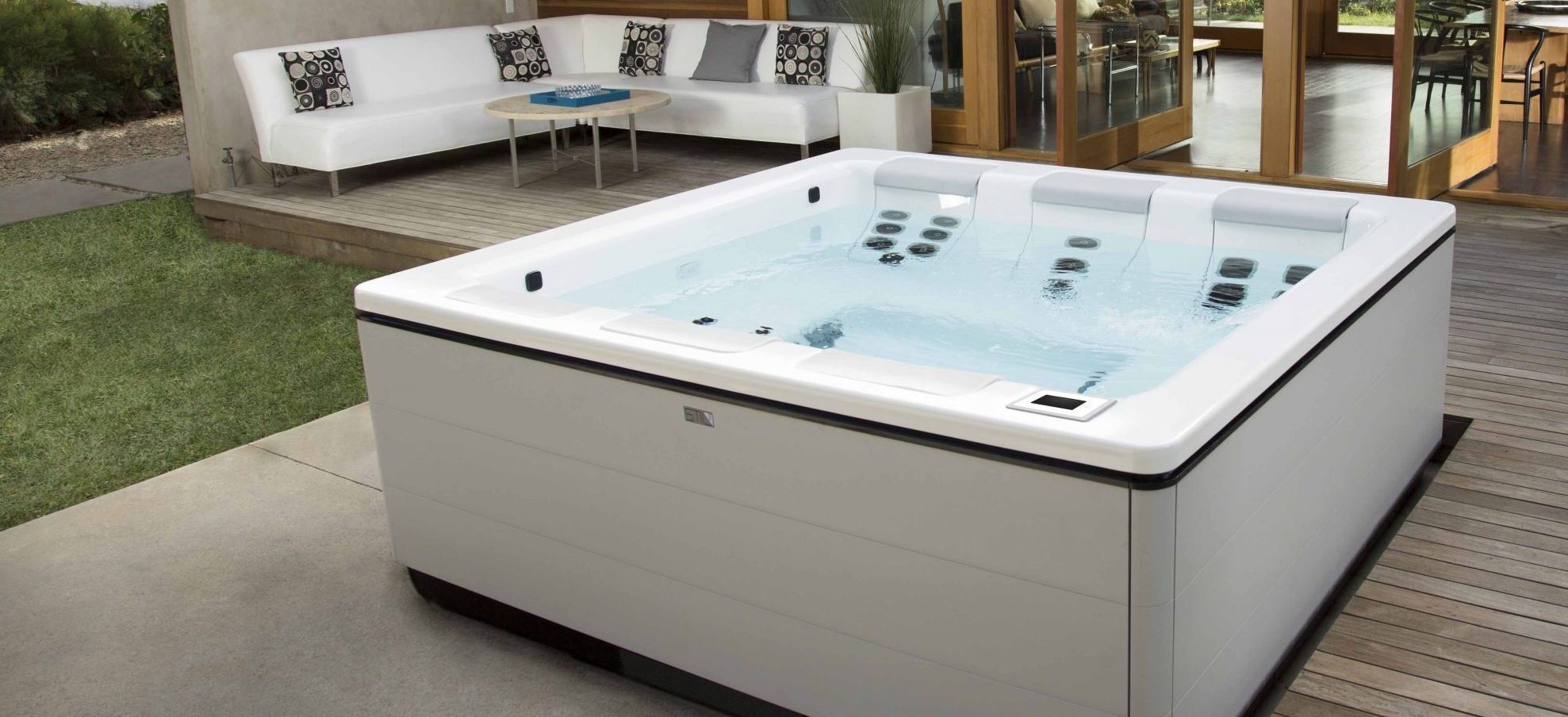
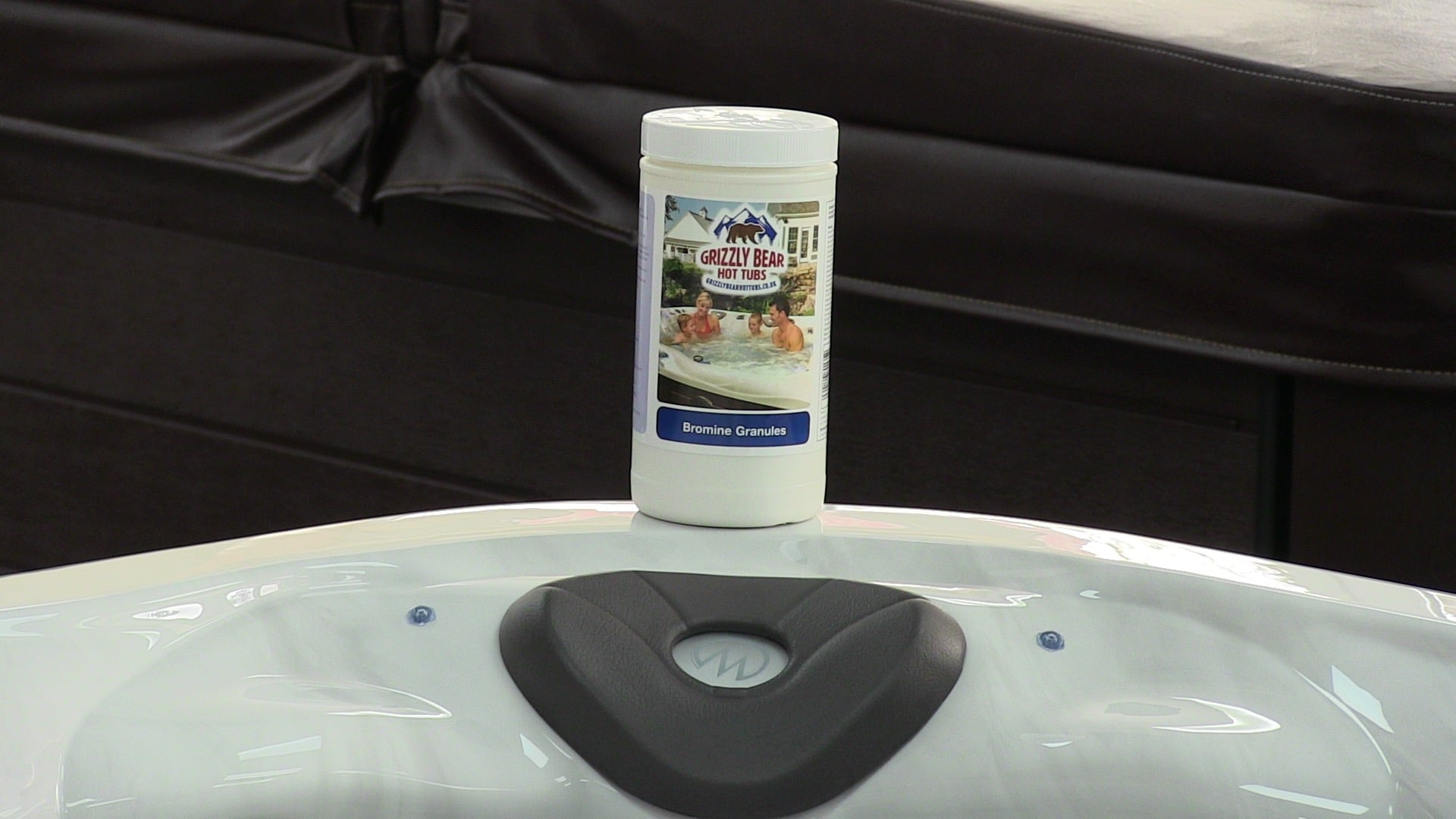
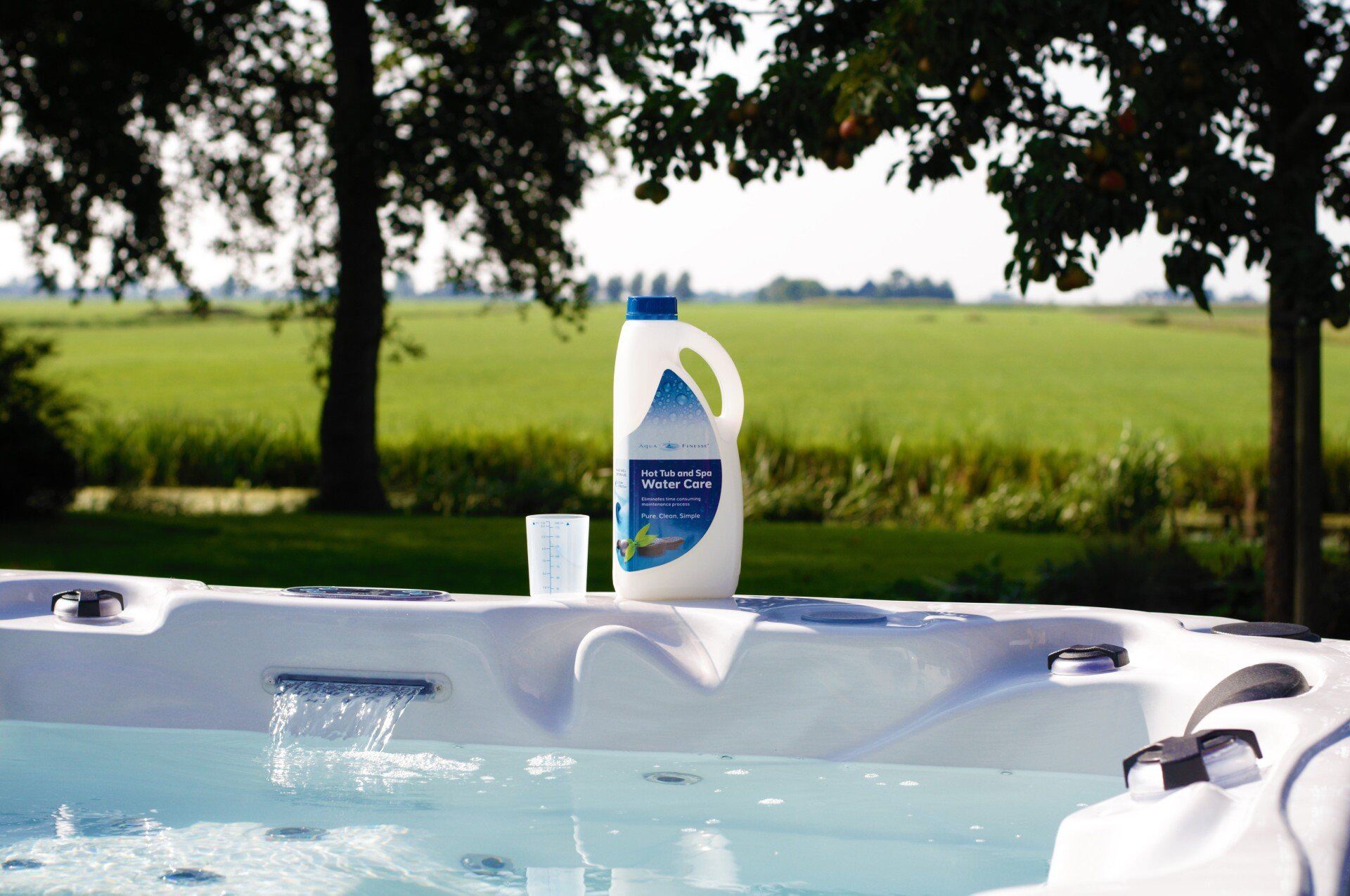
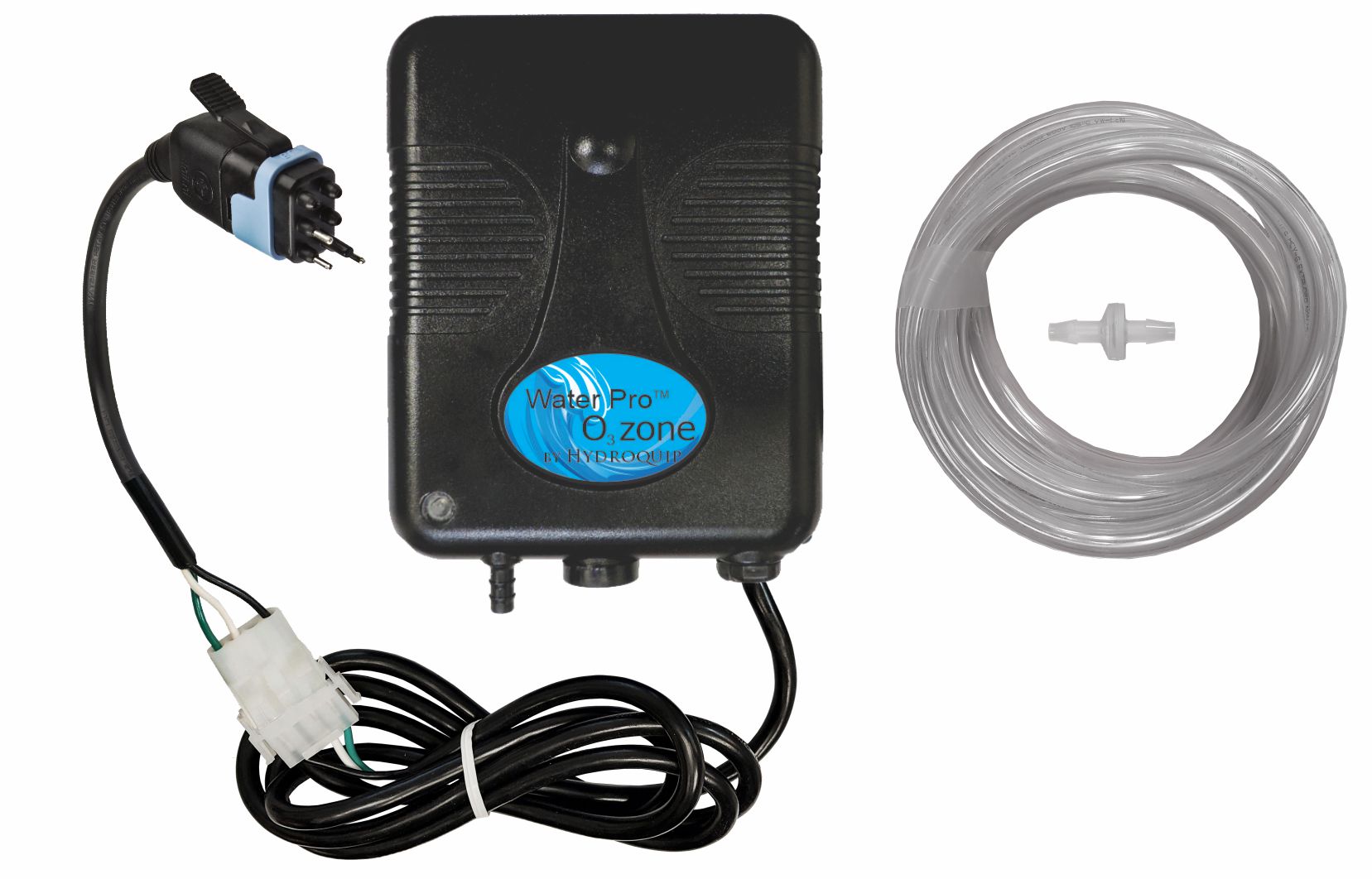
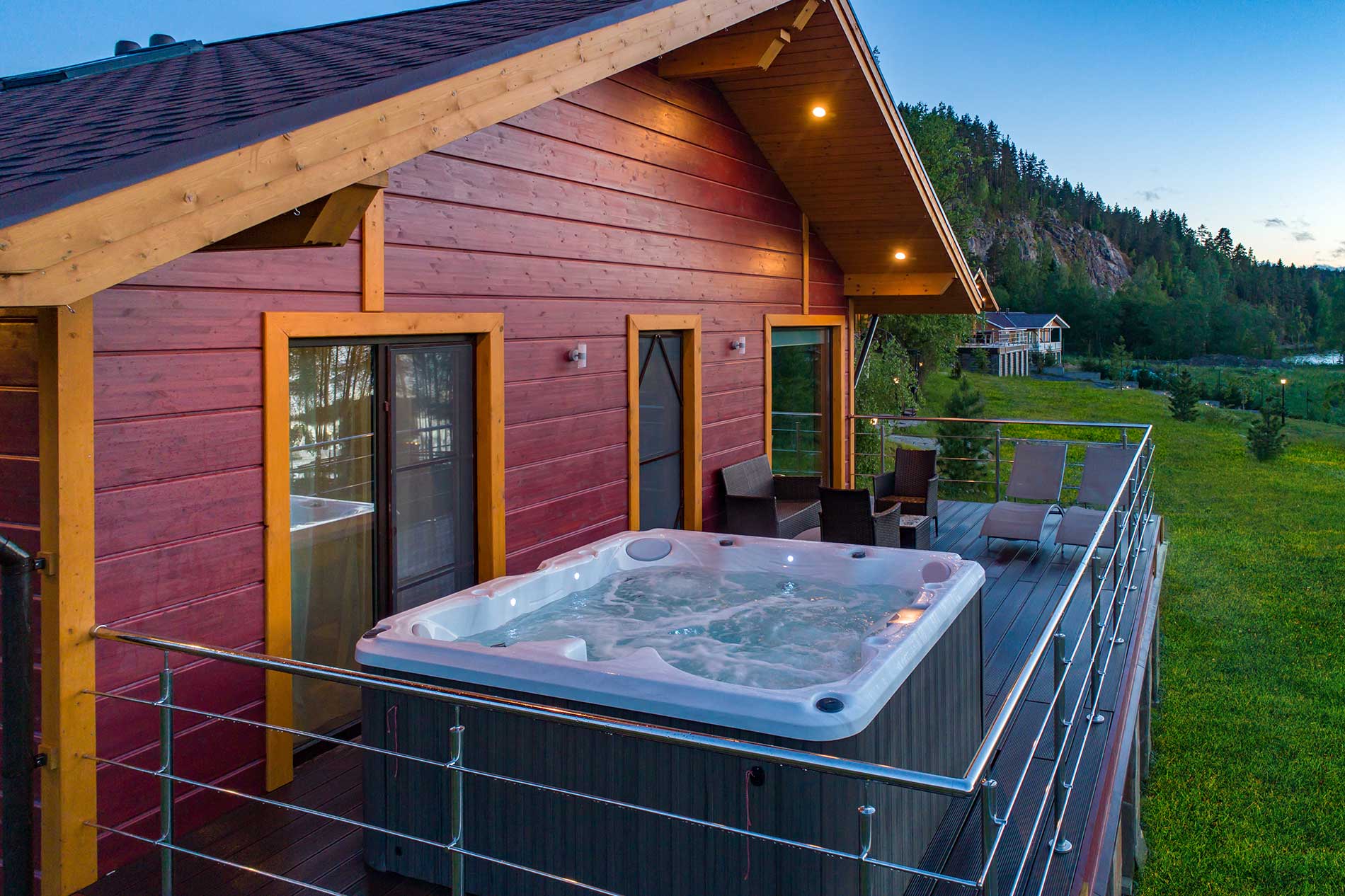
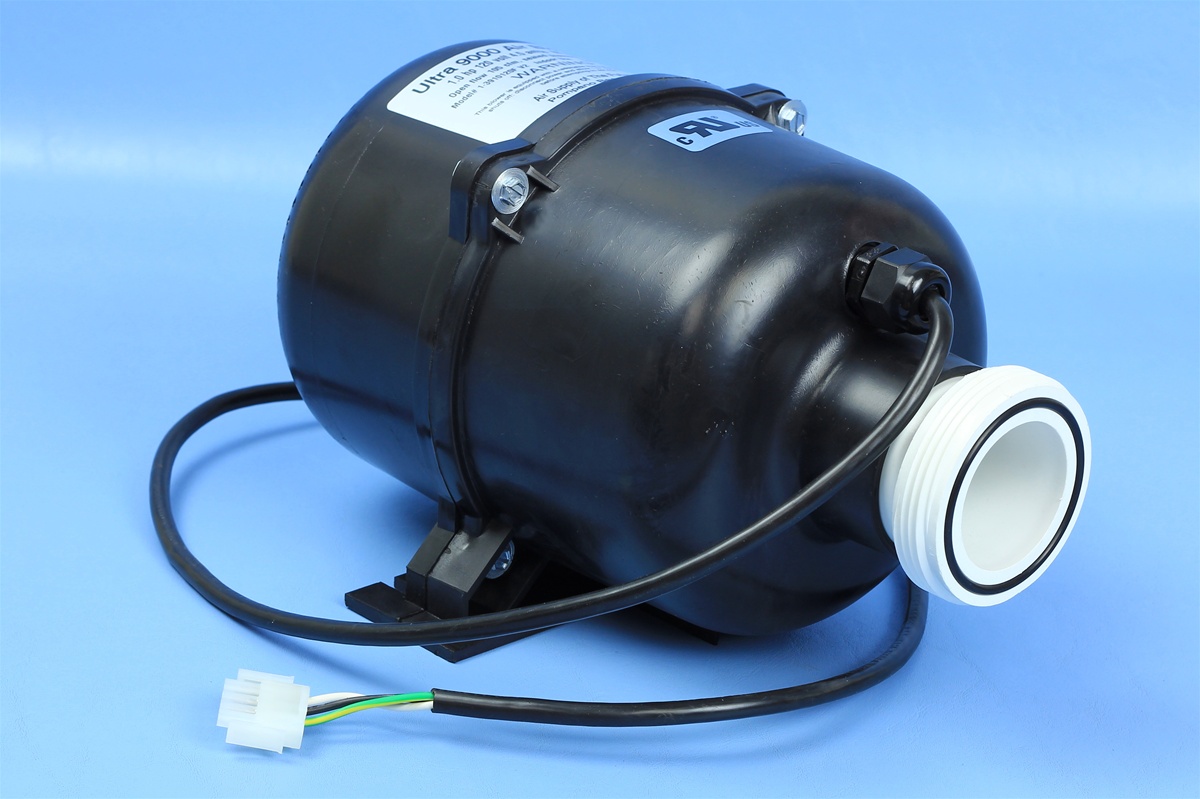
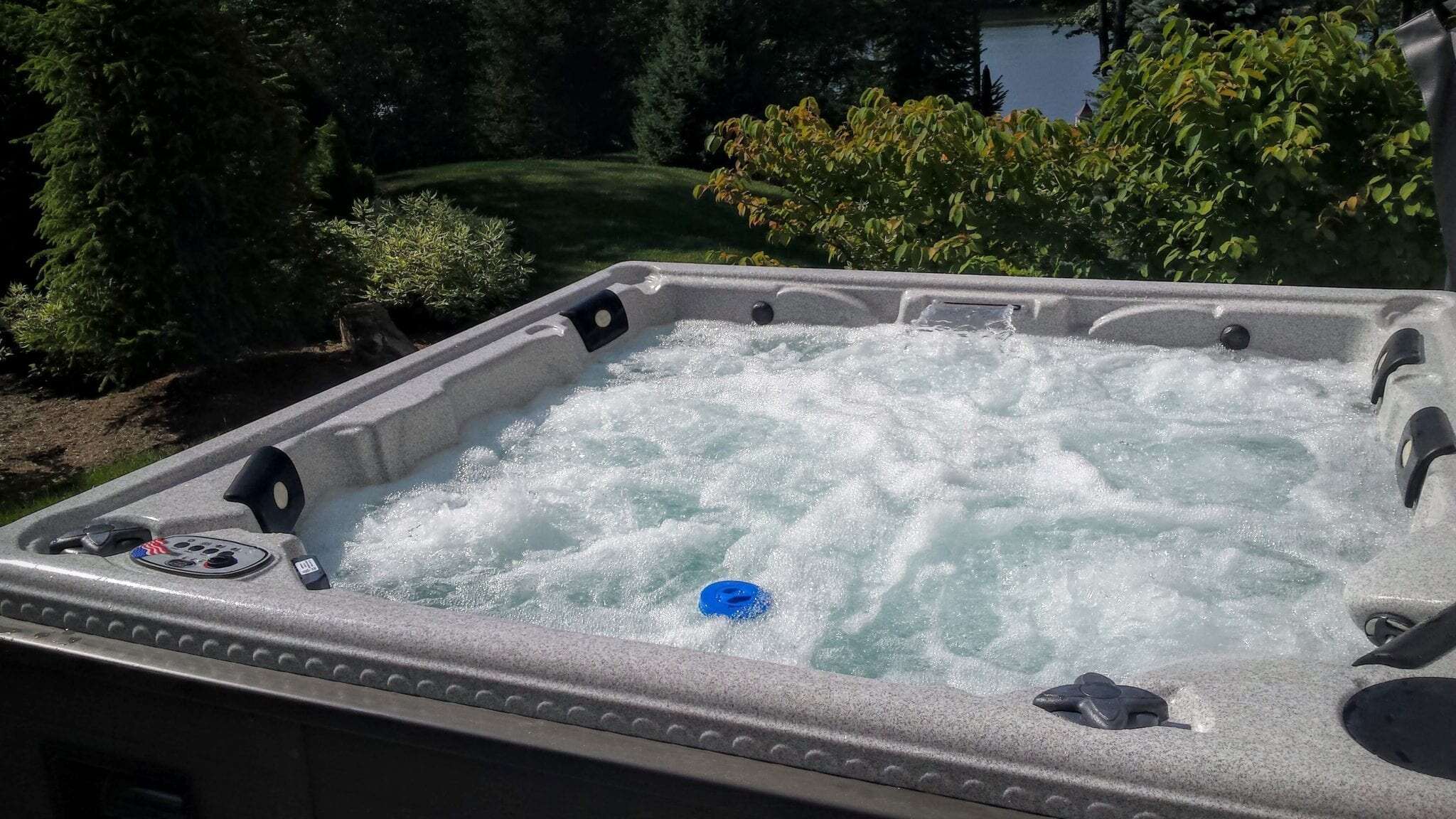
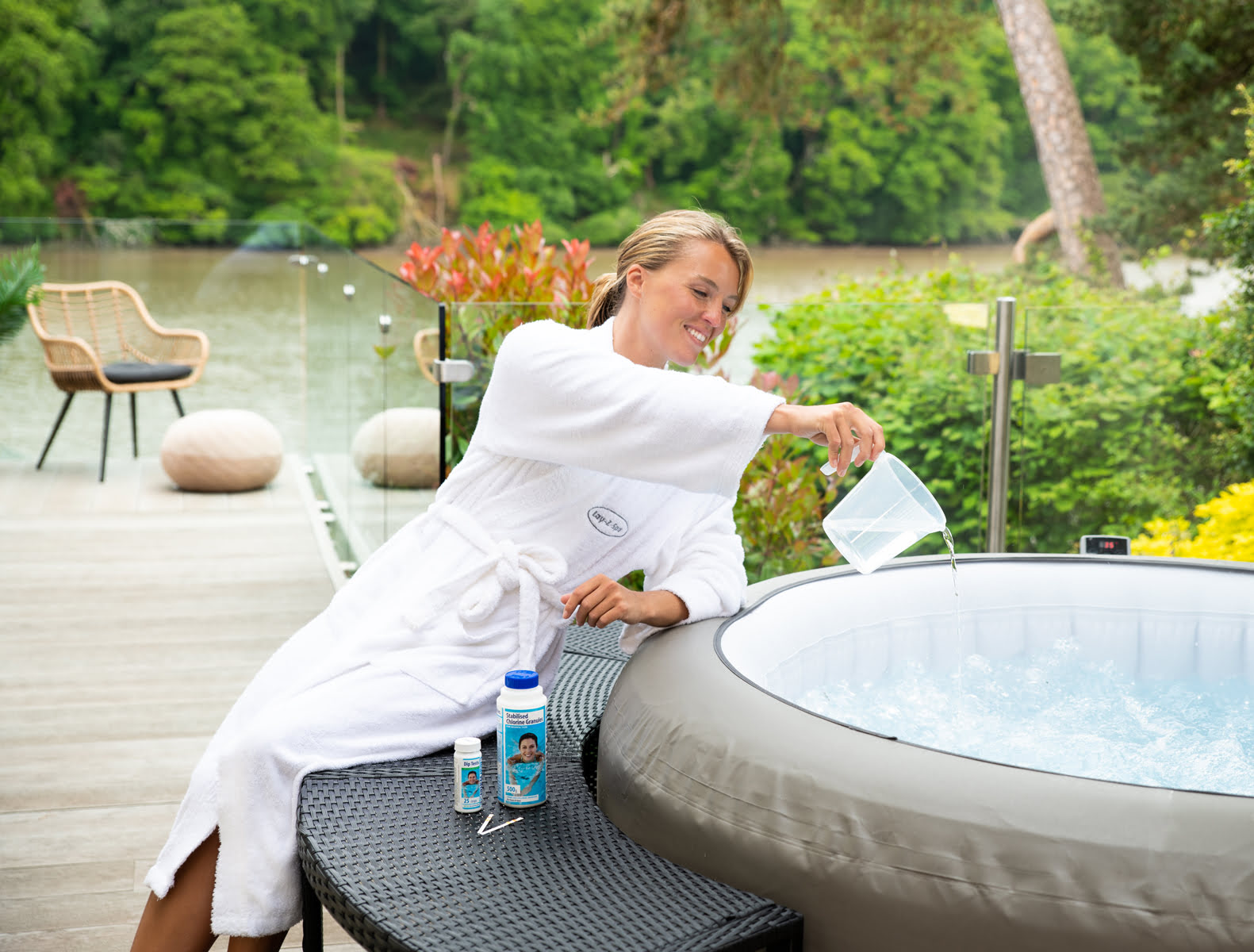
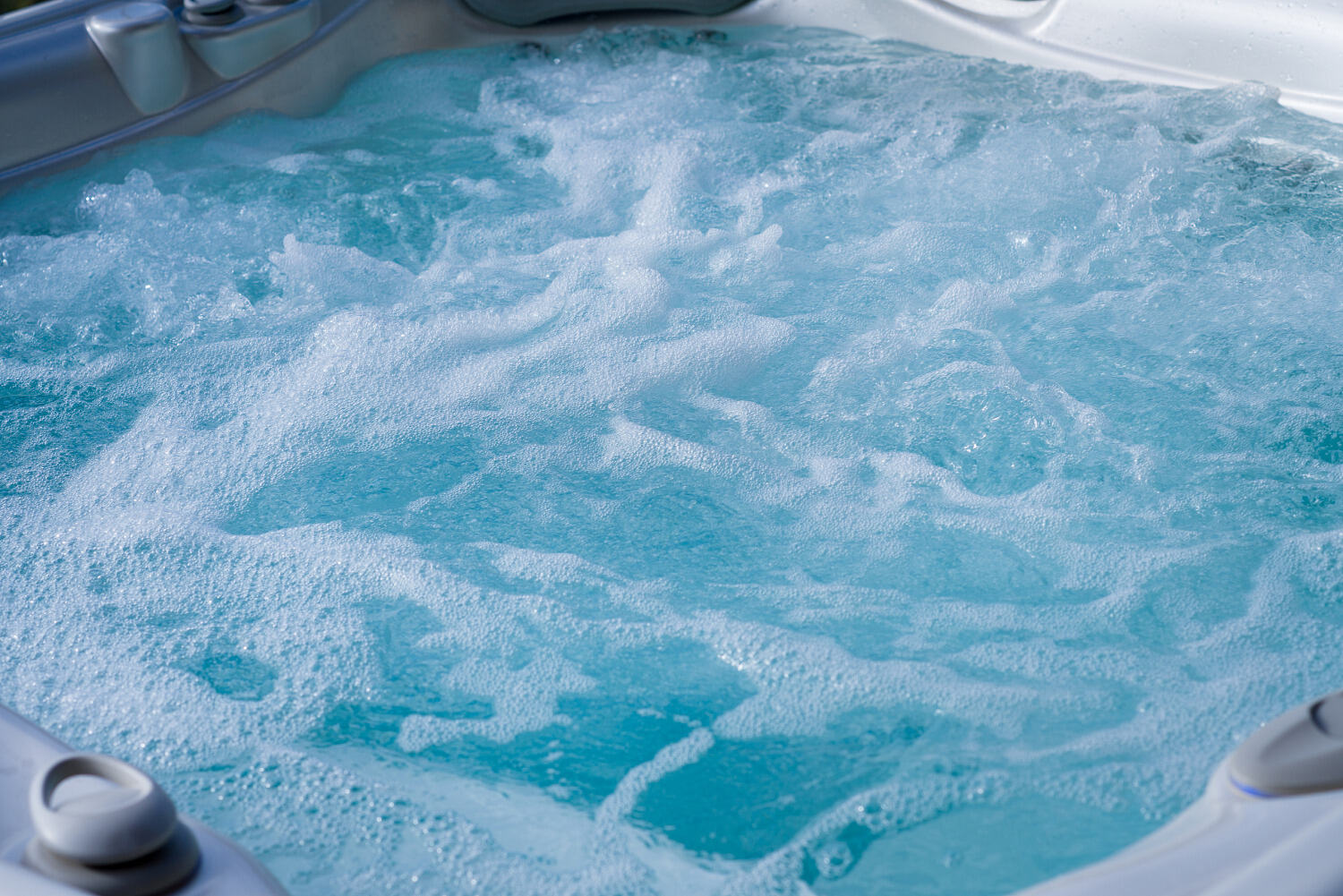
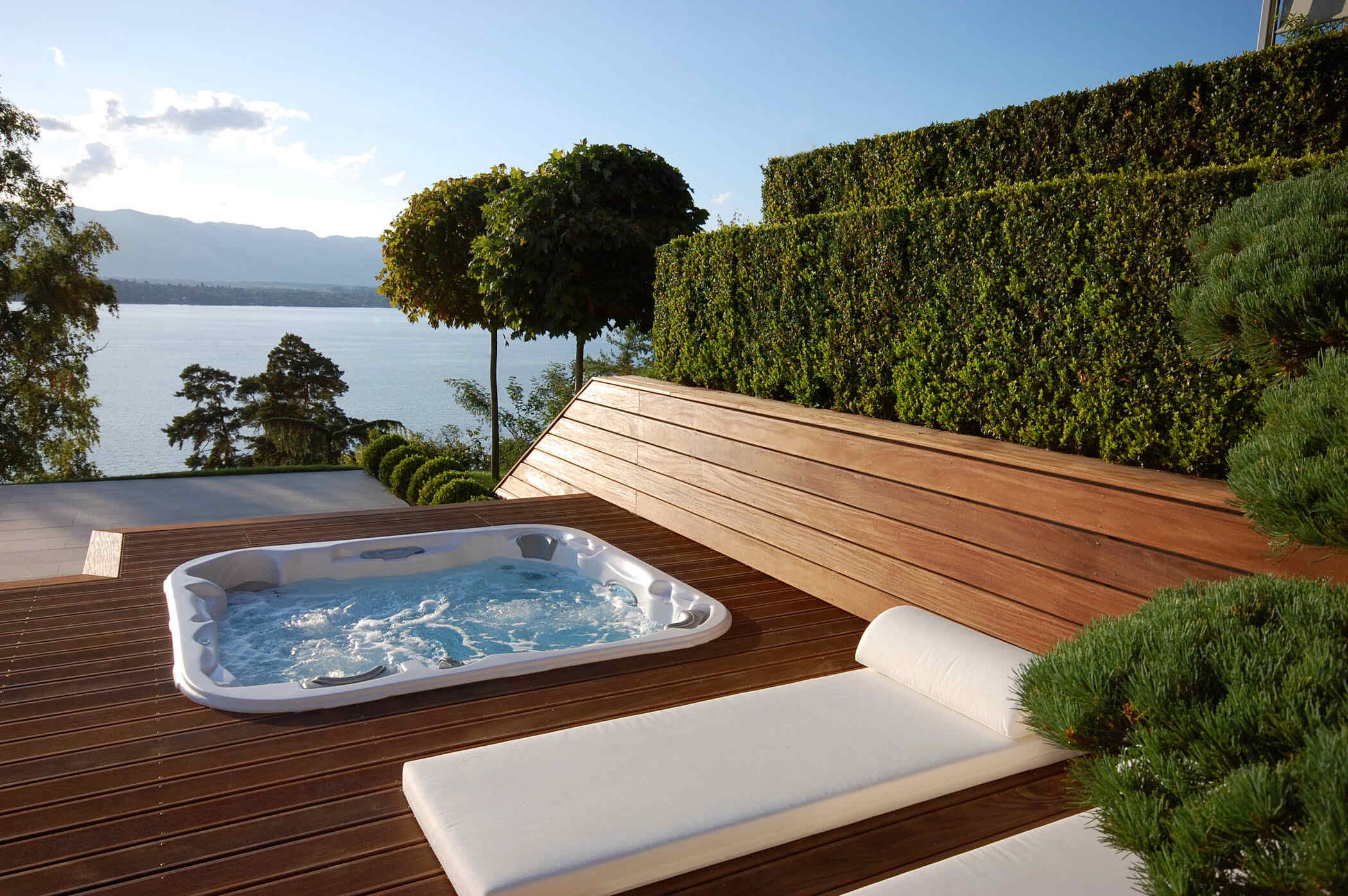
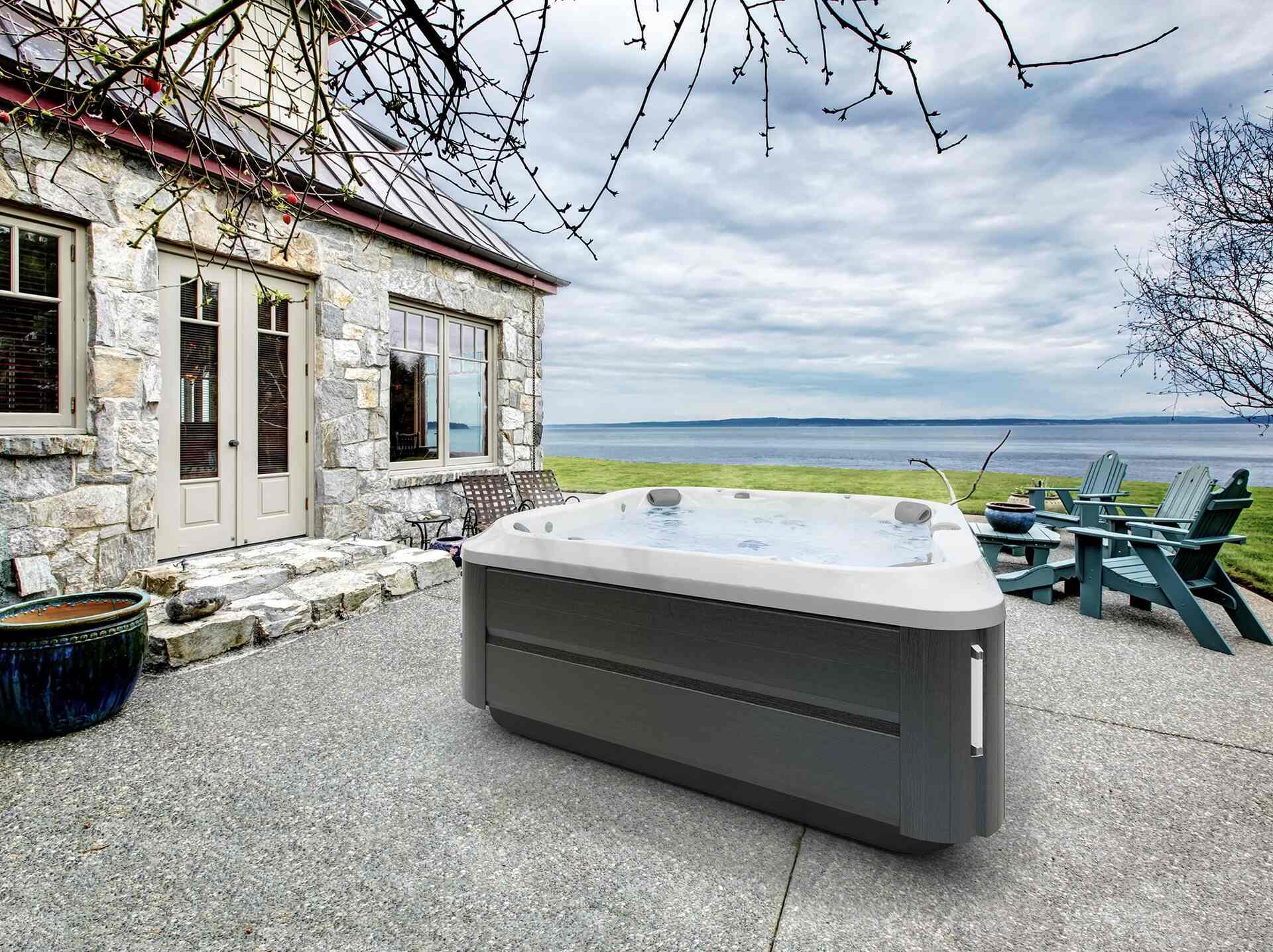
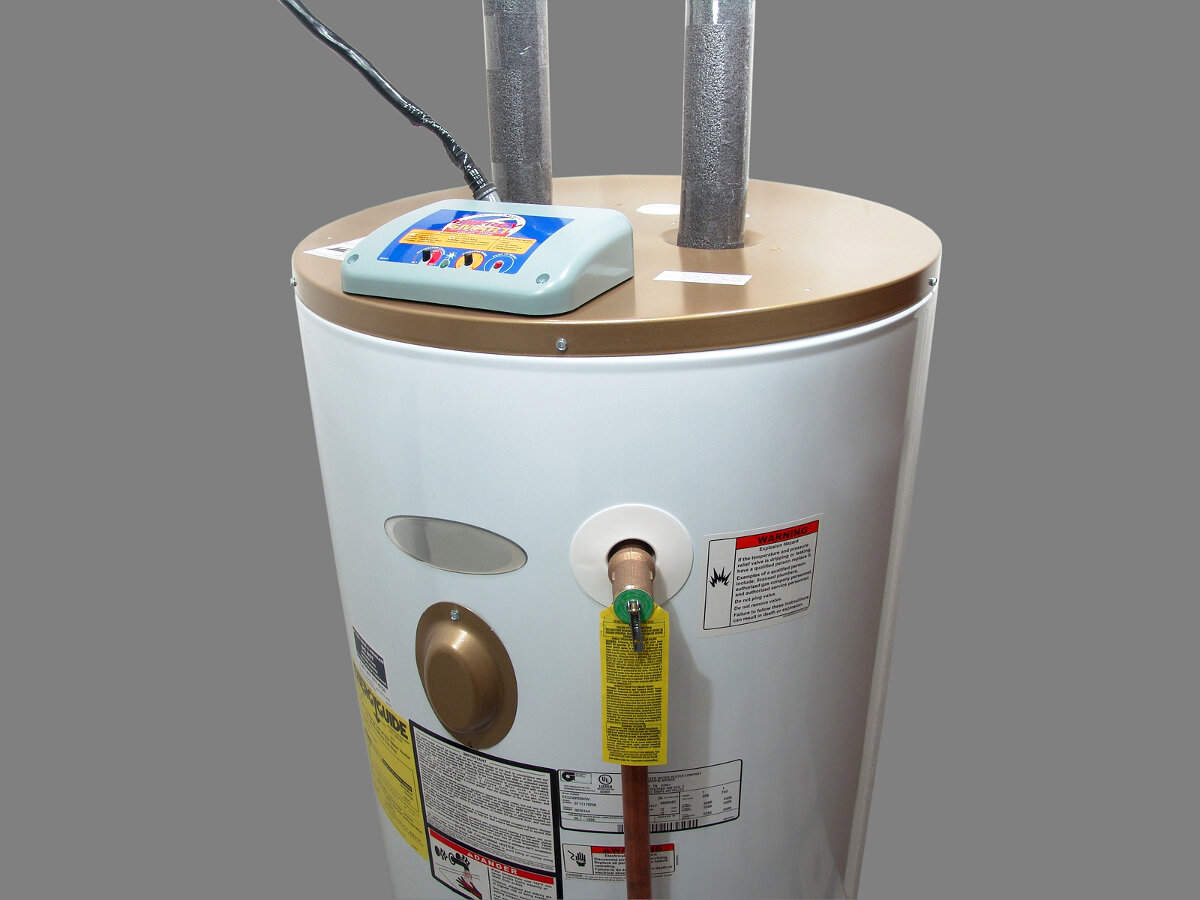
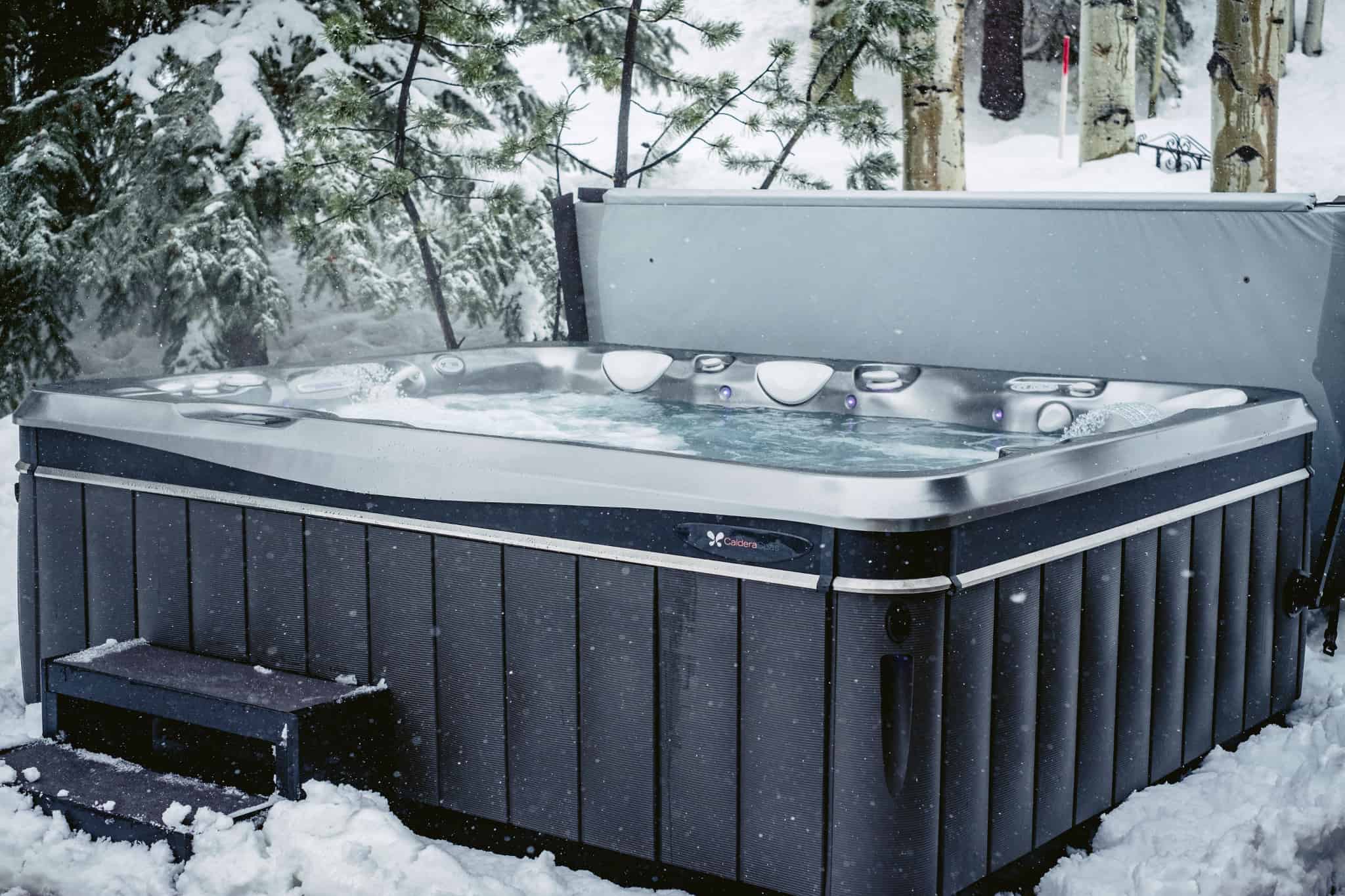
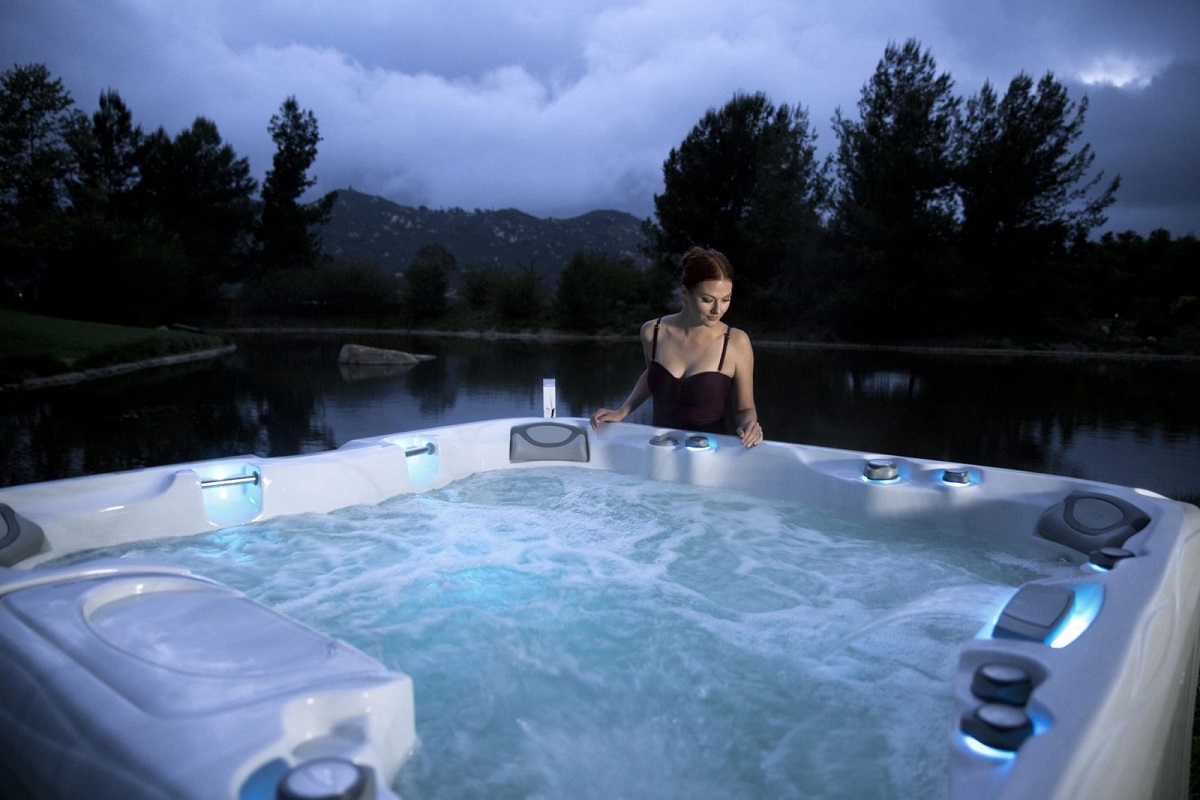
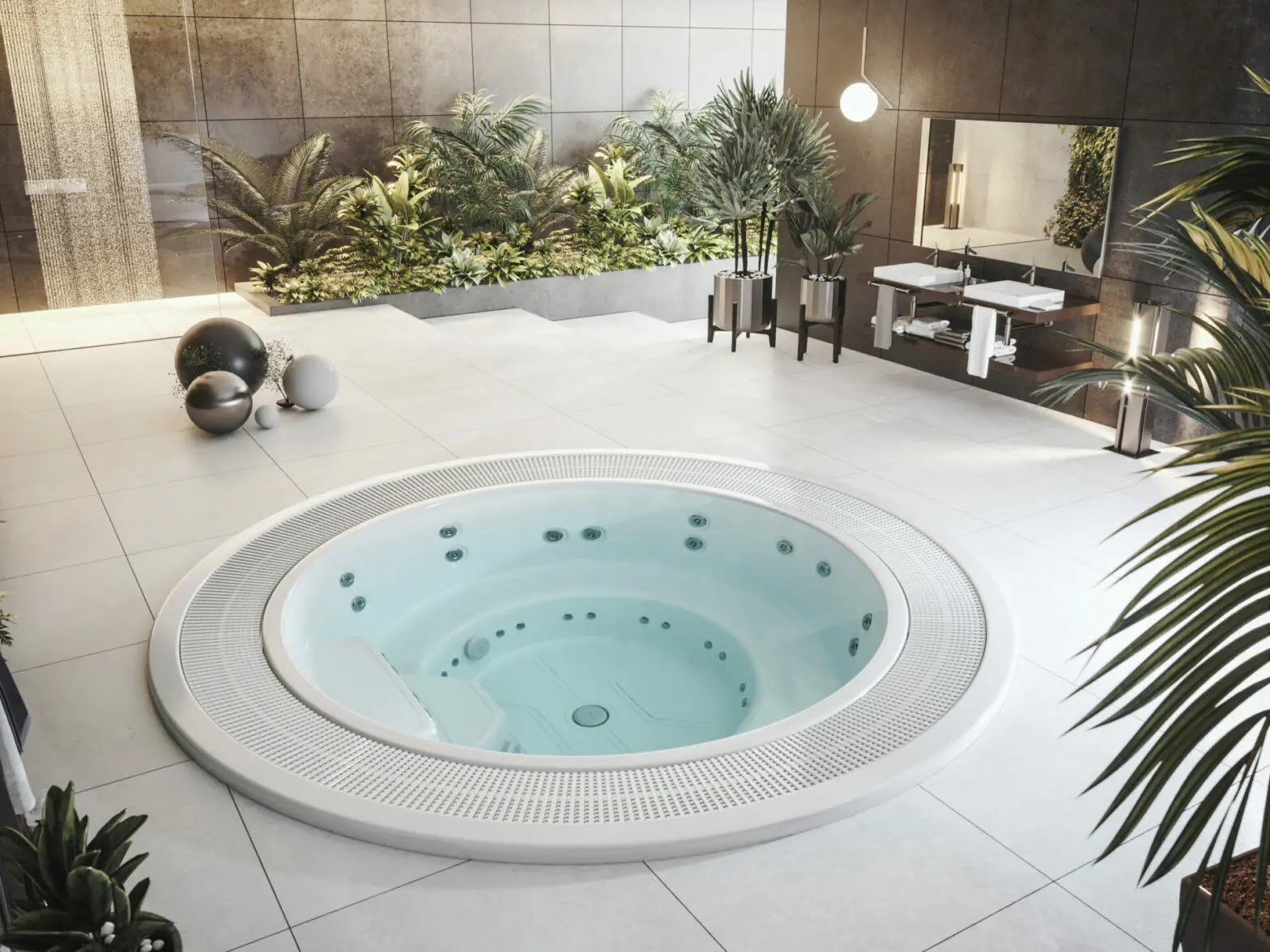

0 thoughts on “What Is The Lifespan Of A Hot Tub”